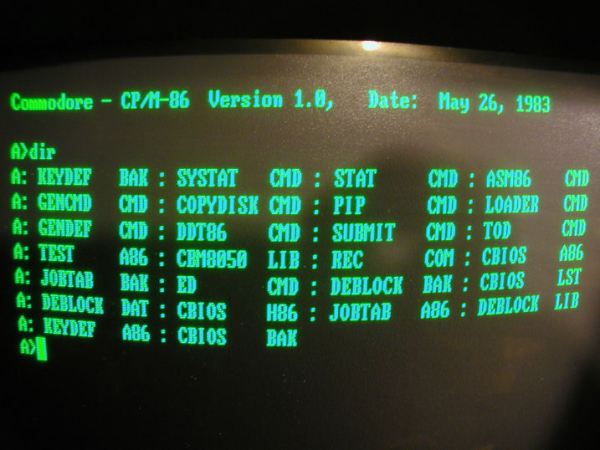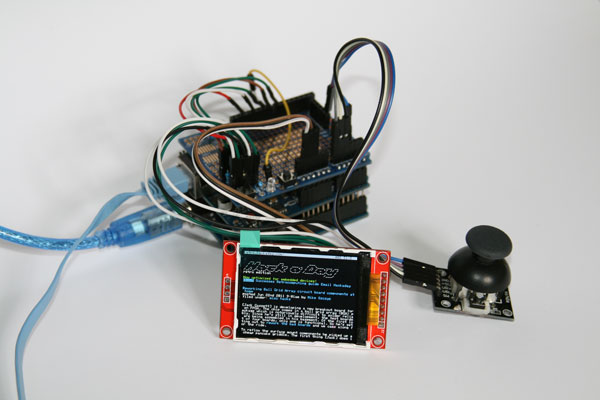A group of multicopter enthusiasts from Argonay, France cordoned off a path through the forest and spent the day racing. The resulting video makes it look like a heck of a good time.
Twenty “drone” pilots all used first-person view (FPV) camera setups for complete immersion, racing at up to 50 kilometers per hour through a 150m course in the woods that was chosen for maximum thrills and spills. The track basically followed a footpath, but the pilots still had to be extremely alert to avoid natural obstacles (we call them “trees”). The narrator adds that the nearly random lighting and camera artifacts added an extra level of difficulty to the event.
After practicing a few times just to get around the track in one piece, they started racing each other in heats. On the final heat, at 3:40 in the video, five copters start off head-to-head and tear out into the woods. Of them, only two cross the finish line.
FPV drone crash scenes still make us wince a little bit. We wonder how many of the participants spent the next few nights in the repair bay.



















